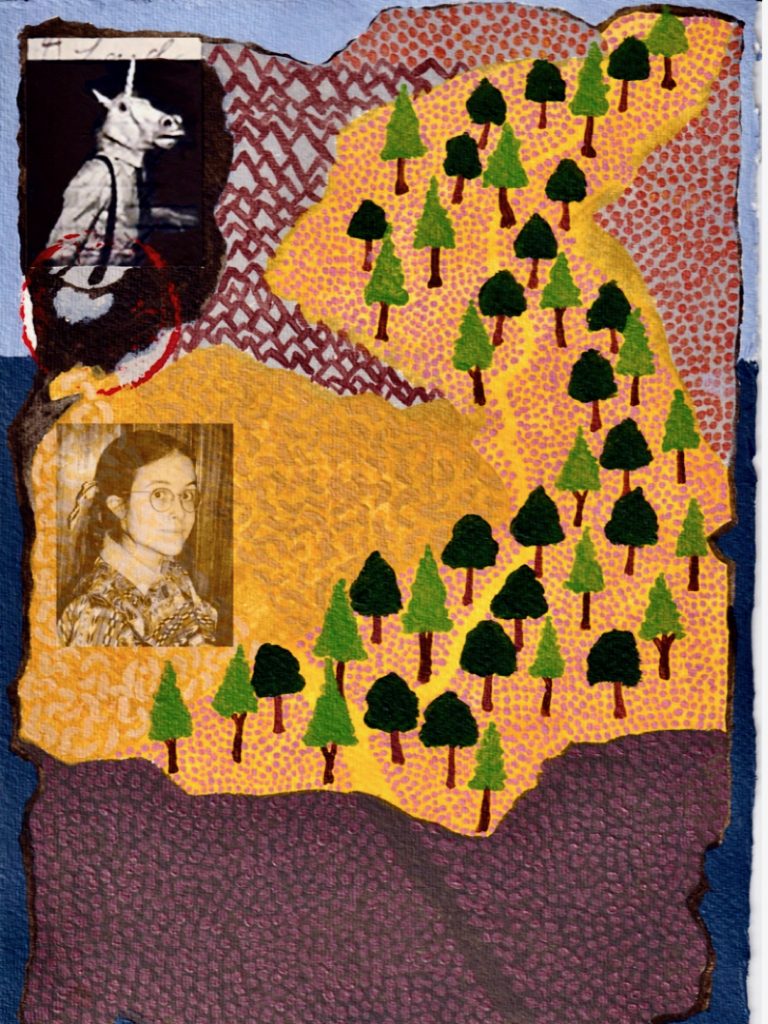
If our objectives had to be SMART, they’d be seeking experiments that are: Small, Magical, Attentive, Radical and Terrestrial.
UB
Nuala Ní Dhomhnaill writes:
‘The way so-called depth-psychologists go on about the subconscious you’d swear they had invented it, or at the very least stumbled on a ghostly and ghastly continent where mankind had never previously set foot. Even the dogs in the street in West Kerry know the ’otherworld’ exists, and that to be in and out of it constantly is the most natural thing in the world’. (Selected essays p. 19)
Sometime before 1692, the Reverent Robert Kirk discovered that ‘a very young maid’ who lived near him had learned, in a single night, ‘a large piece of poesy … from one of our nimble and courteous spirits … and no other person was ever heard to repeat it before, nor was the maid capable to compose it of herself’ . (The Secret Commonwealth of Elves, Fauns and Fairies p. 76). What is unusual about this is not the event itself – the poet John Milton regularly woke with a large number of original verses in his head ready to dictate to his amanuensis – but that the gift brought by the ‘nimble and courteous spirit’ was given to ‘a very young maid’ and not to an established poet.
The literature on inspiration is vast and now incorporates neuroscience, yet a 2009 paper chosen at random is still based on binary thinking justified in terms of left- and right- brain activity. (David Whish-Wilson ‘Trance, Text and the Creative State’ in Creative Writing: Teaching Theory and Practice Vol. 1 No. 1 March 2009, p. 93). But as Robert Duncan’s: ‘I write with my hands… I write with a pen and am amazed when the lines I write are in front of me’ (‘Wind and Sea, Fire and Night’ pp.55-56). reminds us, a binary view of the brain ignores the hindbrain that helps maintain balance and equilibrium, movement coordination, and the conducting of sensory information (whether that’s Duncan’s hand that writes or a dancer’s or painter’s creation of rhythm through the body). It also ignores the hindbrain’s responsibility for breathing, a process central to the work of poets like Charles Olson and Gary Snyder.